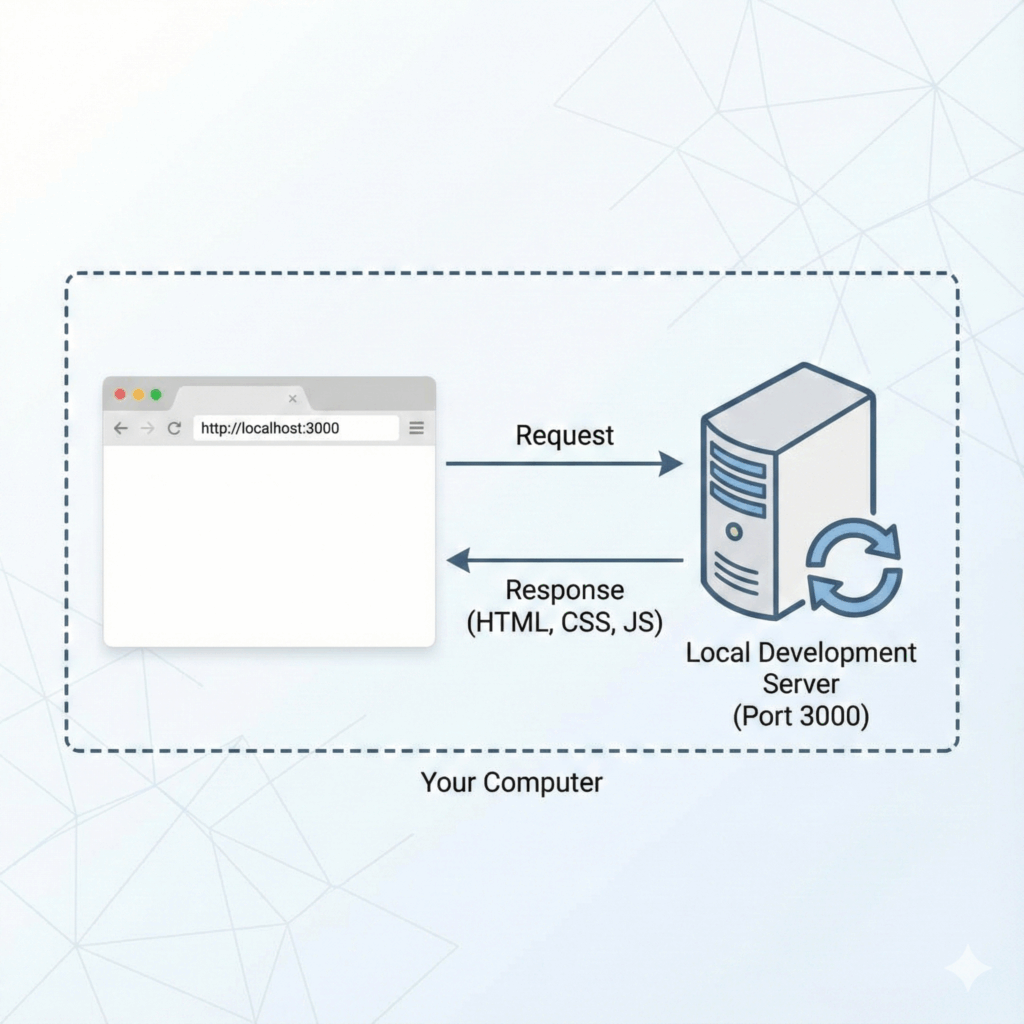Encountering the error message “ERROR 1698 (28000): Access denied for user ‘root’@’localhost'” can be frustrating, especially when you need immediate access to your MySQL database. This specific error often arises in Ubuntu systems due to the default authentication method for the root user.
Understanding MySQL authentication is crucial for database security and management. Different methods, such as auth_socket and mysql_native_password, dictate how users gain access and interact with the MySQL server. Misconfigurations or misunderstandings about these methods can lead to access issues.
This article focuses on resolving the ERROR 1698 (28000) issue by explaining common causes, providing step-by-step solutions, and sharing best practices for managing MySQL users effectively.
Understanding MySQL Authentication Methods
MySQL authentication plugins are essential for managing how users connect to the database. Different methods offer varying levels of security and convenience. Here’s an overview of some key authentication methods:
auth_socket
- Description: This plugin allows the root user to authenticate via the Unix socket file.
- Usage: Common in Debian-based systems like Ubuntu, it ensures that only system users can connect as the root MySQL user.
- Security: Provides robust security by linking MySQL access to system-level access.
mysql_native_password
- Description: The traditional method using a username and password.
- Usage: Widely used due to its simplicity and compatibility with various tools and applications.
- Security: While convenient, it’s less secure compared to socket-based authentication if passwords are not managed properly.
caching_sha2_password
- Description: The default method in MySQL 8.0, offering enhanced security.
- Usage: Utilizes SHA-256 hashing for passwords, providing stronger encryption.
- Security: Superior to
mysql_native_password, reducing risks associated with password attacks.
Implications for User Access and Security
Using auth_socket ties MySQL access to system user accounts, offering heightened security but limiting flexibility. On the other hand, mysql_native_password enables easy access through GUI tools and remote connections but requires stringent password policies to maintain security. Each method has its trade-offs, so choose based on your specific needs and environment.
Maintaining a balance between convenience and security is crucial when configuring MySQL authentication. Understanding these methods helps you make informed decisions about user access controls in your database environment.
Common Causes of ERROR 1698 (28000) in Ubuntu Systems
Encountering the “ERROR 1698 (28000): Access denied for user ‘root’@’localhost'” can be perplexing, especially when dealing with Ubuntu systems. This issue is often rooted in the default authentication settings implemented by certain Linux distributions.
Reasons Behind the Error
- Default Authentication Method: On Ubuntu systems, the default authentication method for the MySQL root user is
auth_socket. This method ties MySQL authentication to your system’s root user, requiring that you execute MySQL commands as the system’s root user. - User Expectations: Users often expect to log in to MySQL using the
mysql_native_passwordmethod with a password, which leads to confusion when they receive an access denied error. - Local System Security: The
auth_socketplugin enhances security by allowing only local system users to connect as MySQL root without a password. However, this can be problematic if you are unaware of this requirement.
Default Settings in Debian 9 and Ubuntu Stretch
- Debian 9 and Ubuntu Stretch: These distributions come pre-configured with
auth_socketfor the MySQL root user. - Empty Password Issue: If you try logging in with an empty password or incorrect credentials while expecting password-based authentication, you will encounter the access denied error.
Understanding these causes helps in diagnosing and resolving access issues specific to your system’s configuration.
How to Fix MySQL Access Denied Error (ERROR 1698 28000) in Ubuntu Systems?
Step-by-Step Guide to Resolve ERROR 1698 (28000) in Ubuntu Systems
Encountering the “ERROR 1698 (28000): Access denied for user ‘root’@’localhost'” can be frustrating. Here’s a straightforward guide to resolve this issue on Ubuntu systems.
1. Access MySQL as Root User:
bash sudo mysql -u root
This command elevates your privileges, allowing you to access the MySQL shell as the root user.
2. Change Authentication Method:
sql ALTER USER ‘root’@’localhost’ IDENTIFIED WITH mysql_native_password BY ‘your_password’;
Replace 'your_password' with a strong password of your choice. This changes the authentication method from auth_socket to mysql_native_password.
3. Flush Privileges:
sql FLUSH PRIVILEGES;
Flushing privileges ensures that the changes take effect immediately.
4. Restart MySQL Service:
bash sudo systemctl restart mysql
Restarting the MySQL service applies all changes and helps in re-establishing the connection under the new authentication method.
Changing the Root User’s Authentication Method in Ubuntu Systems
If you need to reset or change the MySQL root password, follow these steps:
- Stop MySQL Service: bash sudo systemctl stop mysql
- Start MySQL in Safe Mode: bash sudo mysqld_safe –skip-grant-tables &
- Log into MySQL Without a Password: bash mysql -u root
- Update Root Password: sql USE mysql; UPDATE user SET authentication_string=PASSWORD(‘new_password’) WHERE User=’root’; FLUSH PRIVILEGES;
- Restart MySQL Normally: bash sudo systemctl start mysql
By following these steps, you should successfully resolve any instance of “ERROR 1698 (28000): Access denied for user ‘root’@’localhost'” and regain access to your MySQL database on Ubuntu systems.
Additional Solutions for Access Issues
When standard fixes for ERROR 1698 (28000) fail, alternative methods can be employed to regain access to MySQL. One effective approach is using safe mode with --skip-grant-tables.
Using Safe Mode for Password Recovery
Safe mode allows you to bypass the MySQL privilege system, enabling you to log in without a password and make necessary changes. Here’s how you can regain access using safe mode:
- Stop the MySQL Service:
- sudo systemctl stop mysql
- Start MySQL in Safe Mode:
- sudo mysqld_safe –skip-grant-tables &
- Access MySQL Without a Password:
- mysql -u root
- Change the Root Password: sql ALTER USER ‘root’@’localhost’ IDENTIFIED BY ‘new_password’; FLUSH PRIVILEGES;
- Restart the MySQL Service Normally:
- sudo systemctl start mysql
This method effectively bypasses authentication, allowing you to reset passwords or modify user permissions as needed.
Additional Considerations
- Ensure Security: After using safe mode, promptly restart MySQL normally and verify security settings.
- Backup Data: Always back up your database before making significant changes.
These steps offer a robust solution when traditional methods are insufficient, providing an additional layer of flexibility in managing MySQL access issues.
Best Practices for Managing MySQL Users Effectively
When you create MySQL users with best practices, it’s essential to follow a structured approach to ensure security and efficiency. Here are some key recommendations:
1. Create Specific Users for Different Roles
Avoid using the root user for daily operations. Instead, create dedicated users for specific tasks. sql CREATE USER ‘new_user’@’localhost’ IDENTIFIED BY ‘password’;
2. Grant Minimal Privileges
Apply the principle of least privilege by granting only the necessary permissions. This minimizes security risks. sql GRANT SELECT, INSERT ON database_name.* TO ‘new_user’@’localhost’;
3. Regularly Update User Plugins
Ensure that user authentication plugins are updated and secure. For example, switch from auth_socket to mysql_native_password if needed. sql ALTER USER ‘new_user’@’localhost’ IDENTIFIED WITH mysql_native_password BY ‘password’;
4. Use Secure Passwords
Enforce strong password policies to prevent unauthorized access. Utilize tools like mysql_secure_installation to configure security settings.
5. Monitor and Audit User Activity
Regularly review user activities and logs to detect any suspicious behavior or potential breaches.
By adhering to these best practices, you can effectively manage MySQL users and safeguard your databases from common vulnerabilities related to user access and permissions.




